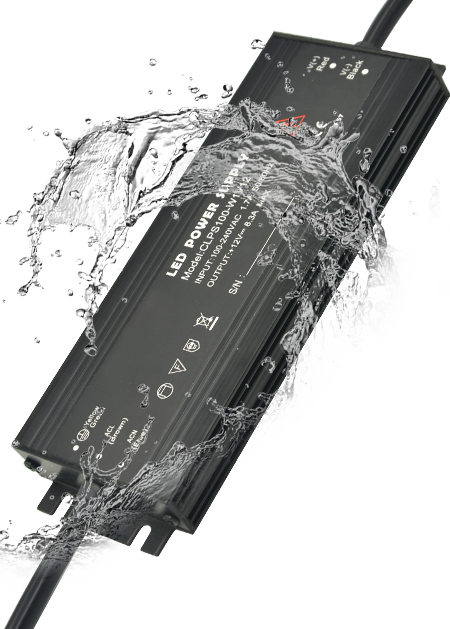Some LED light bulbs, like those developed to change family light bulbs, already contain an internal driver and also do not call for an exterior one. LEDs that usually require an outside motorist include tape light, cove illumination, LED panels, and some landscape lights. Inspect the requirement sheet for your lights or component to see if it calls for an external driver.
Usually, your LED will certainly already include a motorist as part of the assembly, or the spec sheet will undoubtedly define what sort of LED driver you require purchasing. You may also need to buy a substitute LED driver when it resembles an LED that fails before its ranked lifetime.
When an LED fixture or LED tube fails too soon, it is often the mistake of the LED driver. Although there’s no aesthetic sign that the motorist is failing, replacing an LED driver can conserve the problem and the price of unnecessarily replacing best-LED bulbs. Unfortunately, you can not return a LED driver, so you need to buy a completely new bulb if your home LED passes away early.
Do I Need an External Driver for a Tape or Cove Light?
Tape and cove lights only require an external driver if they are in touch with white-colored surfaces. Tubes that don’t need an external driver are shaped like a cone and snap into the housing in 2 minutes. Cove lights are also easy to install, as the adhesive backing means there’s no need to glue them to the wall. Tape lights are more complicated to install and need to be mounted at an angle. This requires using a “thermal tie” for attaching to the ceiling, which helps prevent premature failure of the tape light.
How Do I Install a Cove Light?
If you’re thinking of installing a Cove-type light, take note that this is a highly complex design, so if you’re not very skilled in home improvement, do not attempt to do so. You can ask the salesperson for assistance. It’s important to note that the actual fixture doesn’t just snap into place – some studs need to be tapped.
The tape light uses a “thermal tie” for securing the fixture to the ceiling. The adhesive backing of the tape ties the institution to the electrical box. Before installing, tap the studs to ensure a good fit. Make sure the box is plugged in and the tape ties are adequately saturated.
Before installation, cut a small notch in the wall so that the light can fit into it. Must trim The tape about an inch from the top of the ceiling joists. When the video is on the wall, the adhesive side of the tie will have already dried. If not, use an eraser (a tiny piece of rock salt will work) to smear some on the tape side and allow it to dry.
Follow the guidelines
If you’re installing an in-line heater that requires an external driver, also make sure to follow the guidelines:
1. When connecting electrical cords, follow the manufacturer’s instructions, as they vary from unit to unit.
2. When connecting wiring, do not connect the heater cord to the electrical outlet that the junction box is plugged. Instead, fill the junction box into a different outlet, and use the heater cord to connect the electrical lines. The junction box must be in a separate container, such as a box that is off the ceiling or protected from water. When installing the electric package that houses the heater, do not use the same one that houses the junction box. The electric box must be protected from water. The junction box can be left alone. Can then replace with the junction box a larger container for a radiant floor heating system.
3. When installing the lamp, match the cord to the lamp. This must do before the junction box is placed in place. 4. When hooking up the heater cords, follow the manufacturer’s directions, as they vary from unit to unit.
4. Use screws instead of nails, and secure the electrical box firmly to the ceiling. 6. Use double-sided tape for securing the fixture. The triple-sided tape can allow water to get between the fixture and ceiling.
5. When installing the mounting bracket that holds the ceiling to the wall, use a decorative screw. Then, screw the electrical box securely to the bracket. 8. Install the junction box if using one. Using a decorative screw, secure the junction box to the junction box holder.
These guidelines are a guide, and it’s always a good idea to call an electrician. Make sure the electricity is off, and allow someone to disconnect the power before beginning.
Following steps
Also, be sure to do the following steps before starting your electric box installation:
1. Turn off the electricity.
2. Disconnect the cords to the fixture.
3. Remove the light bulbs from the fixture, and dispose of them properly. 4. Prepare the electrical box.
5. Set the junction box securely into place, securing any wires to the ceiling.
6. Add double-sided tape to secure the junction box to the ceiling.
As you can see, you can install a ceiling fan anywhere and any way you want.






